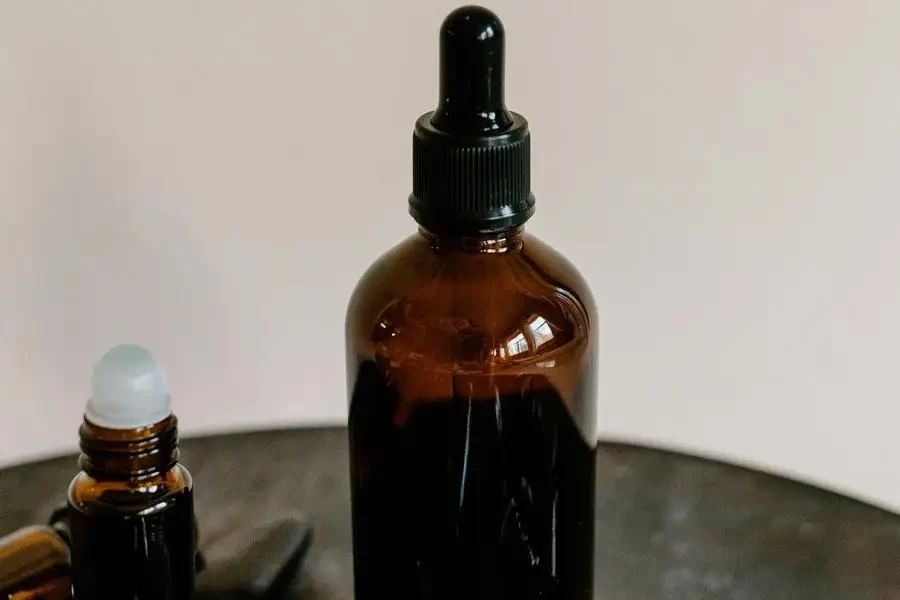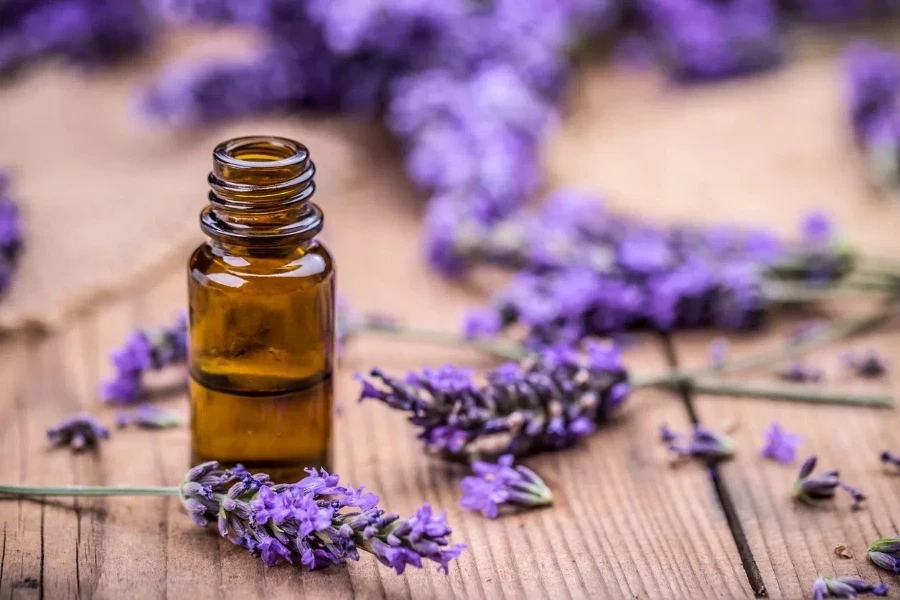Lavender oil, celebrated for its calming properties and diverse uses, is gaining momentum in the global cosmetic oil market. As we approach 2025, understanding this market’s dynamics could unlock new opportunities for businesses and investors.
Table of Contents:
– Market overview of lavender oil
– Key trends driving lavender oil demand
– Regional insights on lavender oil usage
– Lavender oil in product innovation
– Challenges in the lavender oil market
– Strategic opportunities for lavender oil
Market overview of lavender oil

The global lavender oil market is a vital component of the broader cosmetic oil industry, projected to reach USD 84.63 billion by 2030, with a CAGR of 5.2% from 2024 to 2030. Lavender oil’s applications in aromatherapy, skincare, and haircare significantly contribute to this growth. The increasing consumer preference for natural and organic ingredients is a major driver, as lavender oil is known for its calming effects and skincare benefits, such as soothing burns and reducing inflammation.
In 2023, the essential oil segment, including lavender oil, accounted for a 25.9% revenue share of the cosmetic oil market. This trend is expected to continue as consumers seek products that combine efficacy with natural origins. The Asia-Pacific region, particularly countries like South Korea, leads in market share due to a strong cultural inclination towards natural beauty products and innovative formulations.
The lavender oil market is also buoyed by the rising demand for natural and organic cosmetics, which aligns with the growing consumer awareness of sustainable and eco-friendly products. This trend is further supported by the increasing prominence of private-label brands that offer lavender oil-infused products at competitive prices, appealing to a broad consumer base.
Key trends driving lavender oil demand

One of the most compelling trends in the lavender oil market is the shift towards clean and sustainable beauty. Consumers are demanding transparency in product formulations, leading to a surge in clean labeling practices. Lavender oil, with its natural origin and therapeutic benefits, fits seamlessly into this trend, appealing to eco-conscious consumers.
Moreover, the rise of wellness and self-care routines during the pandemic has accelerated the demand for lavender oil. As people continue to prioritize mental health and relaxation, products featuring lavender oil are increasingly popular in aromatherapy and personal care. The oil’s ability to promote relaxation and reduce stress aligns with the growing wellness movement, making it a staple in many consumers’ routines.
Additionally, the integration of lavender oil into multifunctional products is on the rise. From skincare to home fragrance, lavender oil’s versatility is being harnessed to create products that offer multiple benefits, enhancing its appeal across different consumer segments.
Regional insights on lavender oil usage

The Asia-Pacific region is at the forefront of lavender oil consumption, driven by cultural practices and beauty trends that emphasize natural ingredients. South Korea, Japan, and India are leading markets, where lavender oil is incorporated into both traditional herbal remedies and modern skincare products. The region’s rapid innovation in beauty and personal care products continues to drive the demand for lavender oil.
In Europe, there is a strong demand for luxury and natural beauty products, with lavender oil being a preferred ingredient due to its premium perception and historical usage in skincare. Countries like France and the UK are key players, with consumers showing a keen interest in the sourcing and quality of lavender oil.
North America is also witnessing a growing trend towards natural and organic products, with lavender oil being a popular choice for its therapeutic properties. The region’s consumers are increasingly valuing products that offer holistic benefits, positioning lavender oil as a key ingredient in the wellness and personal care sectors.
Lavender oil in product innovation

Innovation in product formulations is a significant driver of lavender oil’s market growth. Brands are leveraging the oil’s multifaceted benefits to create products that cater to both skincare and aromatherapy needs. For instance, lavender oil is being used in night creams and serums to enhance relaxation and improve sleep quality, tapping into the burgeoning sleep aid market.
The fragrance industry is also capitalizing on lavender oil’s calming scent. Perfumes and home fragrances incorporating lavender are gaining popularity, offering consumers a sensory escape and promoting mental well-being. This trend reflects a broader consumer desire for products that provide both functional and emotional benefits.
Furthermore, the incorporation of lavender oil in sustainable and eco-friendly packaging is enhancing its appeal. As consumers become more environmentally conscious, brands are adopting packaging solutions that minimize waste and emphasize the natural origins of their products, aligning with the values associated with lavender oil.
Challenges in the lavender oil market

Despite its growth, the lavender oil market faces several challenges. The high cost of production, driven by the need for large quantities of plant material, can limit accessibility for some consumers. Additionally, the market is susceptible to fluctuations in raw material supply due to environmental factors, which can impact pricing and availability.
The presence of counterfeit products is another concern, as it undermines consumer trust and affects brand reputation. Ensuring product authenticity and quality is crucial for maintaining consumer confidence and sustaining market growth.
Regulatory challenges also pose a risk, as the cosmetic industry faces increasing scrutiny over ingredient safety and labeling practices. Navigating these regulations requires diligence and transparency from manufacturers to ensure compliance and protect consumer interests.
Strategic opportunities for lavender oil

Opportunities abound for businesses looking to capitalize on the lavender oil market. Expanding product lines to include lavender oil-infused products can attract health-conscious consumers seeking natural alternatives. Additionally, investing in sustainable sourcing and production practices can enhance brand reputation and appeal to eco-conscious consumers.
Collaborations with wellness and lifestyle brands can also open new revenue streams, as lavender oil’s benefits align with the growing demand for holistic health products. Moreover, leveraging digital platforms to educate consumers on the benefits of lavender oil can drive engagement and foster brand loyalty.
As the market evolves, staying ahead of consumer trends and preferences will be key to unlocking the full potential of lavender oil. By embracing innovation and sustainability, businesses can position themselves for long-term success in this dynamic market.
Conclusion:
Lavender oil is poised for significant growth in the coming years, driven by consumer demand for natural, multifunctional, and sustainable products. Its versatility and therapeutic benefits make it a valuable asset in the cosmetic oil market, offering numerous opportunities for innovation and expansion. By addressing challenges and leveraging strategic opportunities, businesses can harness the full potential of lavender oil and thrive in the evolving landscape of 2025 and beyond.





 Afrikaans
Afrikaans አማርኛ
አማርኛ العربية
العربية বাংলা
বাংলা Nederlands
Nederlands English
English Français
Français Deutsch
Deutsch हिन्दी
हिन्दी Bahasa Indonesia
Bahasa Indonesia Italiano
Italiano 日本語
日本語 한국어
한국어 Bahasa Melayu
Bahasa Melayu മലയാളം
മലയാളം پښتو
پښتو فارسی
فارسی Polski
Polski Português
Português Русский
Русский Español
Español Kiswahili
Kiswahili ไทย
ไทย Türkçe
Türkçe اردو
اردو Tiếng Việt
Tiếng Việt isiXhosa
isiXhosa Zulu
Zulu